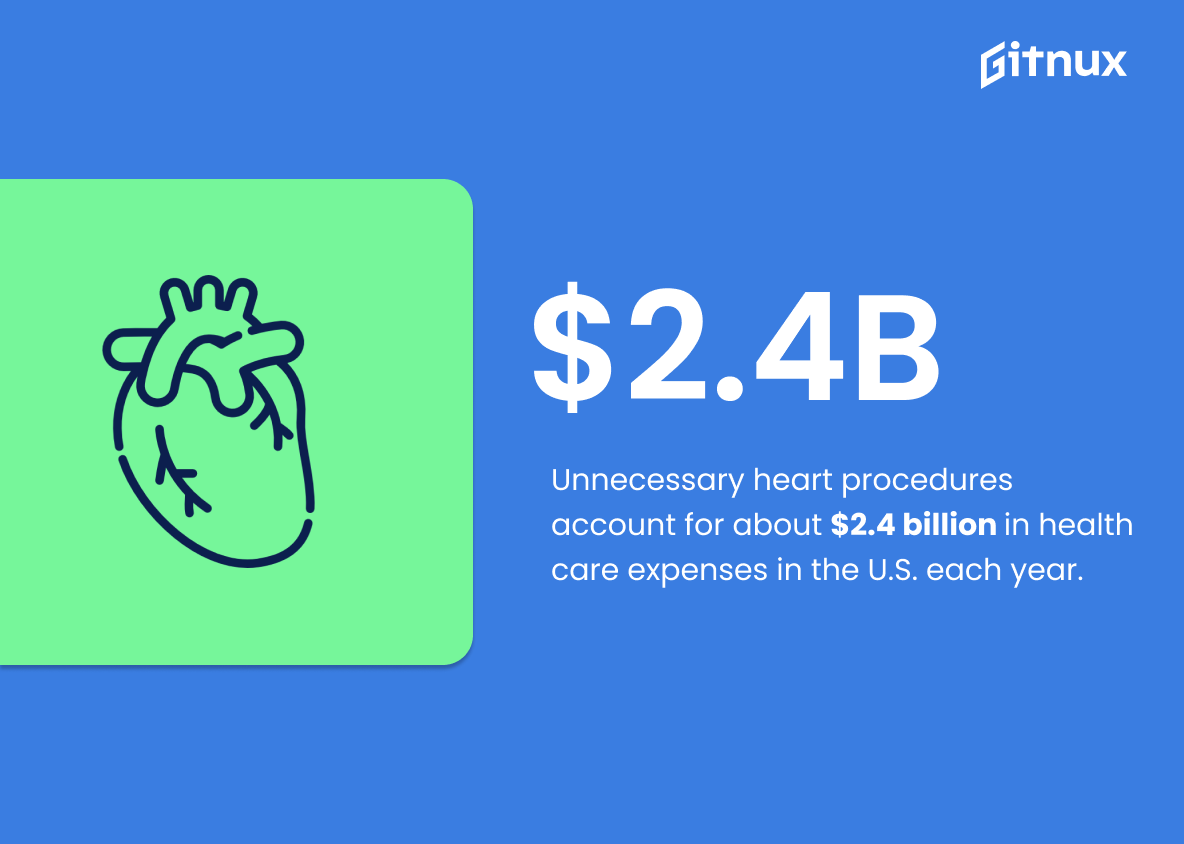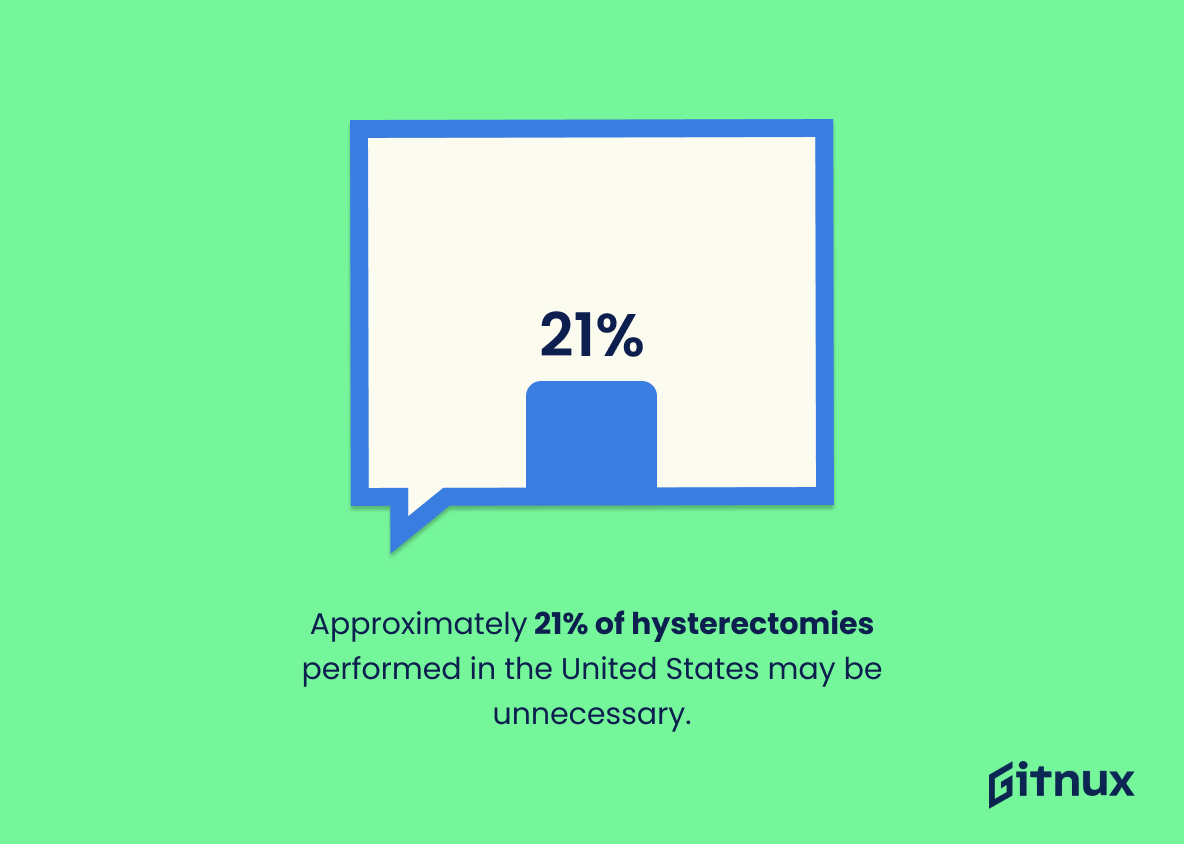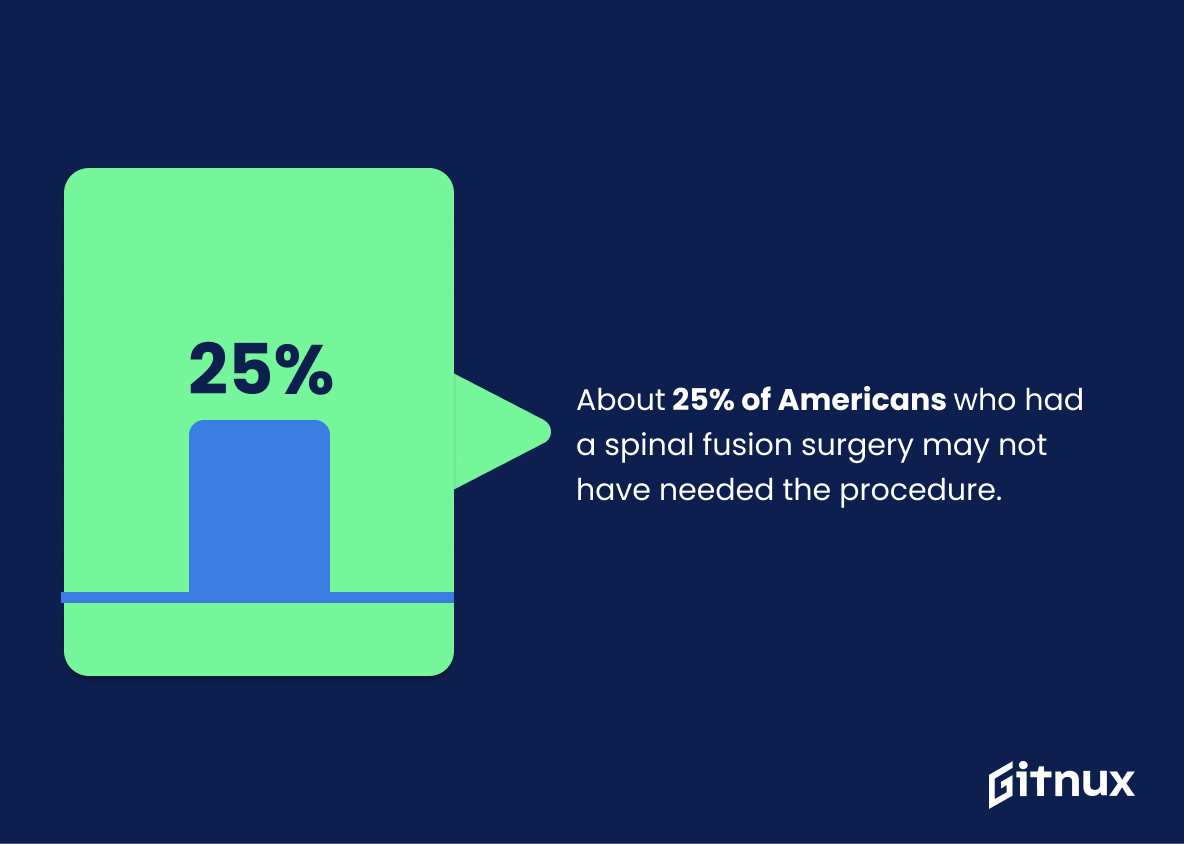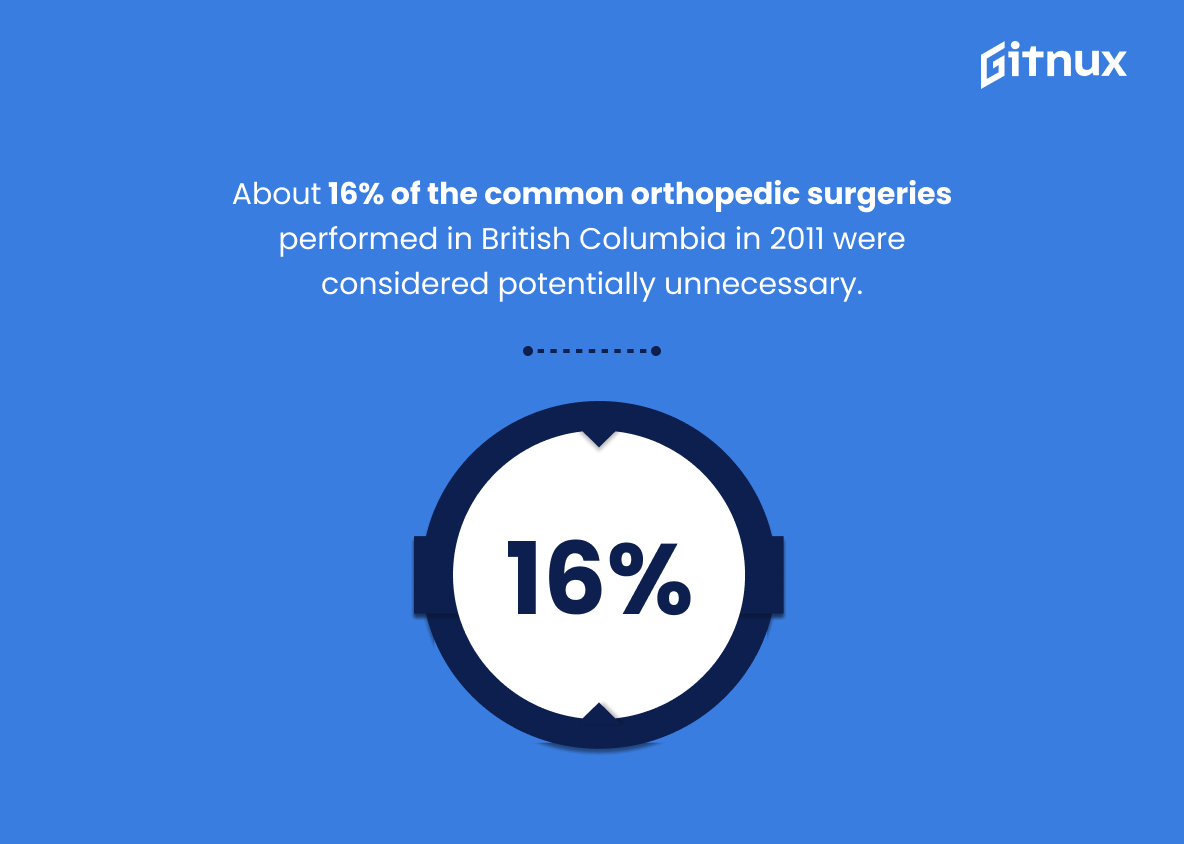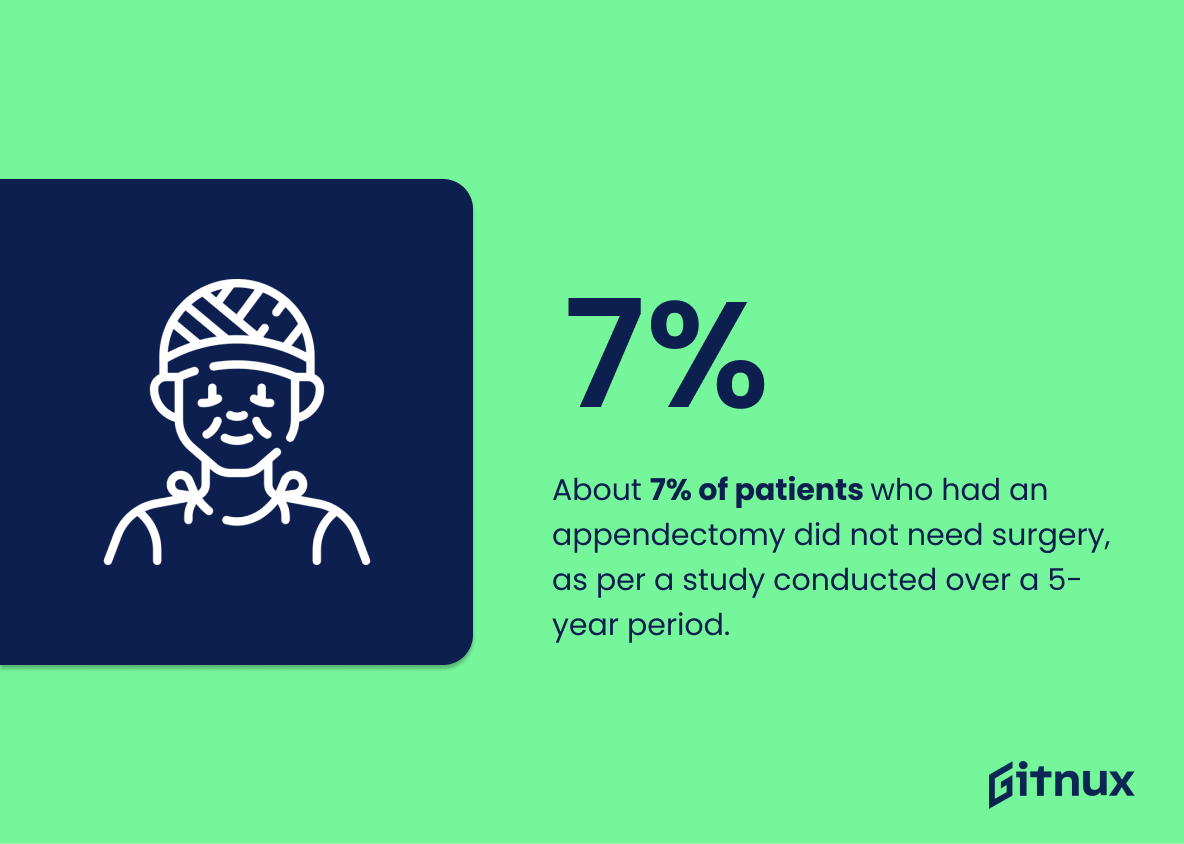Unnecessary surgery is a major issue in the medical field, with thousands of errors occurring each year and billions of dollars being spent on procedures that may not be necessary. This blog post will explore some statistics related to unnecessary surgeries around the world. We’ll look at data from countries such as the United States, Canada, Germany, and the UK regarding surgical errors, inappropriate treatments for certain conditions or diseases, rates of C-sections and other types of surgeries considered potentially unnecessary by experts. Additionally we’ll discuss how much money is wasted annually due to these practices. By understanding this information better we can work towards reducing instances where patients are subjected to unneeded operations which could lead to improved patient safety outcomes overall.
Unnecessary Surgery Statistics Overview
Approximately 40,000 Americans die each year as the result of unnecessary surgery and other errors.
This statistic is a stark reminder of the devastating consequences of unnecessary surgery and other errors. It highlights the importance of ensuring that medical procedures are only performed when absolutely necessary, and that all necessary precautions are taken to ensure the safety of patients. It also serves as a call to action for healthcare providers to take extra care when performing any type of surgery, and to ensure that all procedures are conducted with the utmost care and precision.
Up to $600 billion is spent on unnecessary procedures in the United States annually.
This statistic is a stark reminder of the immense financial burden that unnecessary procedures place on the US healthcare system. It highlights the need for greater oversight and regulation to ensure that patients are not being subjected to unnecessary treatments and surgeries. Furthermore, it serves as a call to action for healthcare providers to be more judicious in their decision-making and to prioritize patient safety and well-being over financial gain.
22% of cardiac surgeries are estimated to be unnecessary.
This statistic is a stark reminder of the prevalence of unnecessary surgeries in the medical field. It highlights the need for greater awareness and caution when it comes to medical procedures, as well as the importance of second opinions and research into the necessity of any surgery.
Over 50% of patients who undergo angioplasty may not need the procedure.
This statistic is a stark reminder of the prevalence of unnecessary surgery in the medical field. It highlights the need for more thorough assessments and better communication between patients and their healthcare providers to ensure that procedures are only performed when absolutely necessary.
Nearly 15% of patients who underwent elective spinal fusion over a 12-year period had a potentially unnecessary surgery.
This statistic is a stark reminder of the prevalence of potentially unnecessary surgeries, particularly in the field of elective spinal fusion. It highlights the importance of ensuring that all surgeries are necessary and that patients are fully informed of the risks and benefits of any procedure before they consent to it. It also serves as a warning to healthcare providers to be vigilant in their assessment of patients and to ensure that any surgery they perform is absolutely necessary.
Unnecessary heart procedures account for about $2.4 billion in health care expenses in the U.S. each year.
This statistic is a stark reminder of the financial burden that unnecessary heart procedures place on the U.S. healthcare system. It highlights the need for greater awareness and prevention of these procedures, which can help reduce costs and improve patient outcomes.
Approximately 21% of hysterectomies performed in the United States may be unnecessary.
This statistic is a stark reminder of the prevalence of unnecessary hysterectomies in the United States. It highlights the need for greater awareness and education about the risks and potential harms associated with this type of surgery, as well as the importance of seeking out second opinions before undergoing any major medical procedure.
Roughly 33% of prostate cancer surgeries may not have been necessary in 2015.
This statistic is a stark reminder of the prevalence of unnecessary surgeries in the medical field. It highlights the need for greater awareness and caution when it comes to surgical procedures, particularly those related to prostate cancer. It also serves as a warning to patients to be sure to do their research and ask questions before agreeing to any surgery.
In 2012, there were over 3,200 admissions for elective ear, nose, and throat surgeries across Ontario, Canada, with 45.8% of the surgeries considered potentially unnecessary.
This statistic is a stark reminder of the prevalence of potentially unnecessary surgeries in Ontario, Canada. It highlights the need for greater awareness and education about the risks associated with elective ear, nose, and throat surgeries, as well as the importance of making informed decisions when considering such procedures.
About 25% of Americans who had a spinal fusion surgery may not have needed the procedure.
This statistic is a stark reminder of the prevalence of unnecessary surgery in the United States. It highlights the importance of seeking second opinions and doing thorough research before undergoing any medical procedure. It also serves as a warning to medical professionals to be more judicious in their decision-making when it comes to recommending surgery.
About 16% of the common orthopedic surgeries performed in British Columbia in 2011 were considered potentially unnecessary.
This statistic is a stark reminder of the prevalence of potentially unnecessary surgeries in British Columbia in 2011. It highlights the importance of understanding the risks and benefits of any surgical procedure before committing to it, and serves as a warning to be aware of the potential for unnecessary surgeries.
About 7% of patients who had an appendectomy did not need surgery, as per a study conducted over a 5-year period.
This statistic is a stark reminder of the prevalence of unnecessary surgery in the medical field. It highlights the importance of conducting thorough examinations and tests before recommending surgery, as 7% of patients who underwent an appendectomy were found to not have needed the procedure. This statistic serves as a warning to medical professionals and patients alike to be aware of the potential for unnecessary surgery.
In Germany, around 30% of surgeries to treat pelvic organ prolapse (POP) were considered unnecessary between 2005 and 2011.
This statistic is a stark reminder of the prevalence of unnecessary surgeries in Germany, particularly those related to pelvic organ prolapse. It highlights the need for greater awareness and education around the risks and benefits of such procedures, as well as the importance of seeking second opinions before undergoing any surgery.
Conclusion
The statistics presented in this blog post demonstrate the prevalence of unnecessary surgeries across a variety of medical procedures. From cardiac surgery to appendectomies, it is estimated that anywhere from 10-20% up to 69.9% of all surgeries are considered inappropriate or unnecessary. This can lead to serious health risks for patients and also result in billions of dollars wasted on healthcare expenses each year. It is important for both doctors and patients alike to be aware of these numbers so they can make informed decisions about their care options moving forward.
References
0. – https://www.everydayhealth.com
1. – https://www.ncbi.nlm.nih.gov
2. – https://www.researchgate.net
3. – https://www.consumerreports.org
4. – https://www.huffpost.com
5. – https://www.forbes.com





